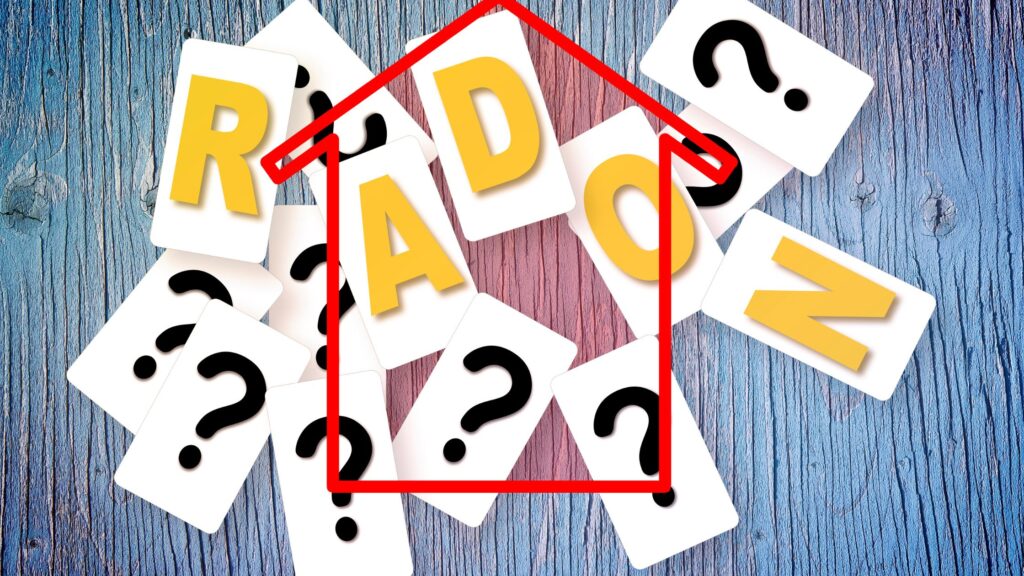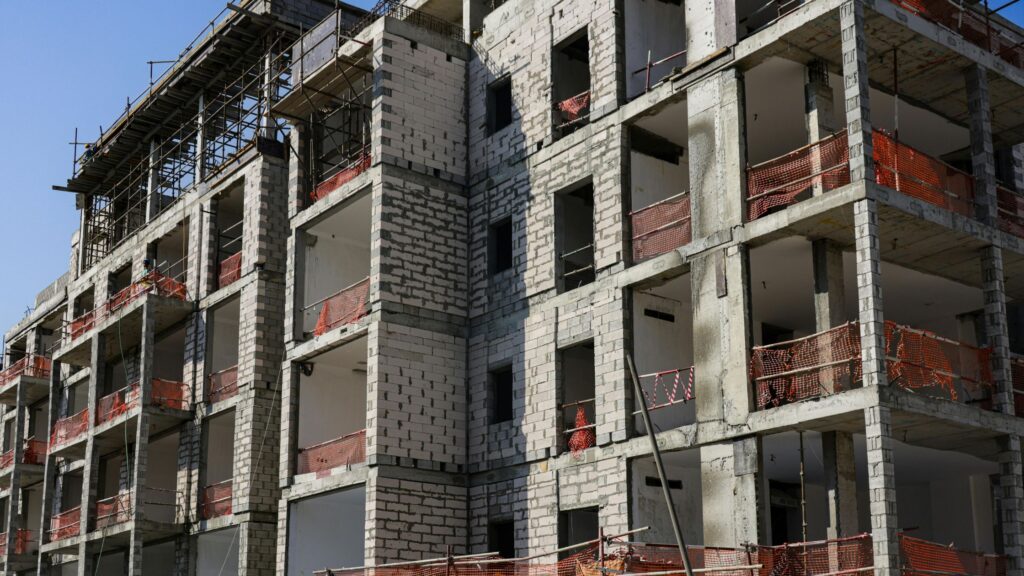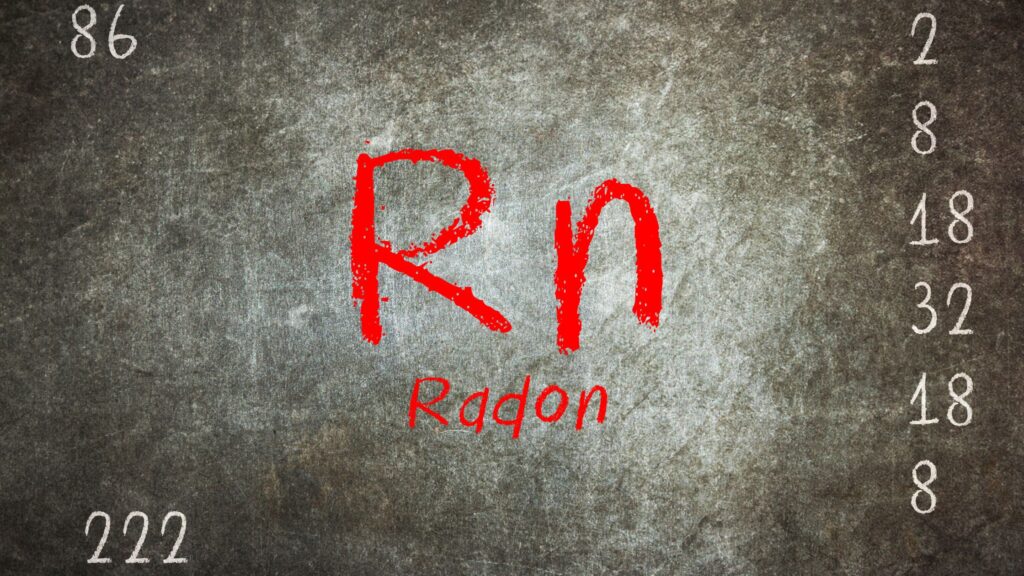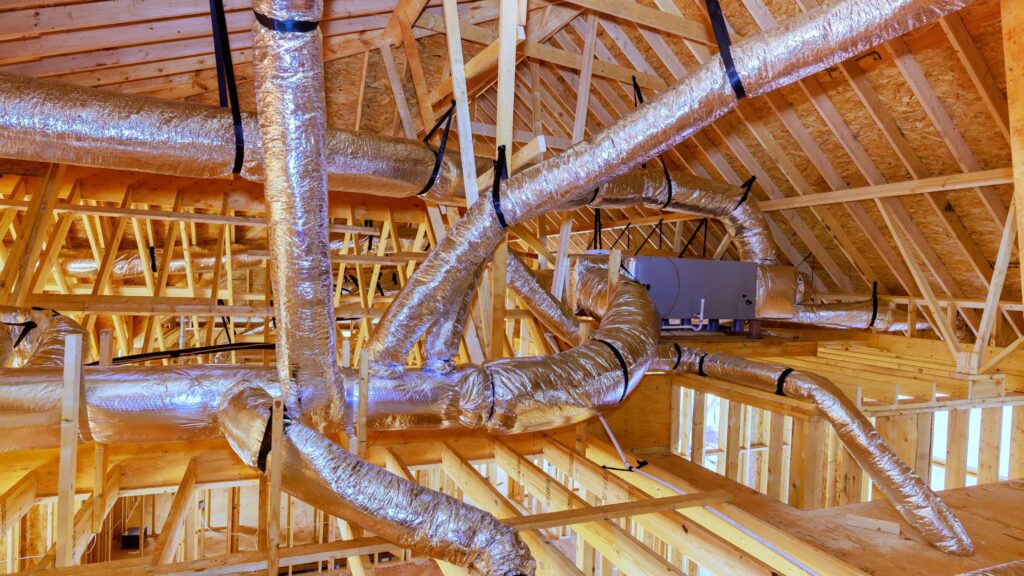Radon is a colorless, odorless gas that can quietly enter buildings through cracks, gaps, or other openings in the foundation. Because it is invisible and has no smell, it often goes unnoticed, yet prolonged exposure can pose serious health risks, including an increased risk of lung cancer.
Thankfully, modern radon mitigation technology offers effective ways to reduce radon levels and keep indoor air safe. This guide explores why radon mitigation technology is so important, how it works, the features you should look for, and how professional installation and maintenance can ensure reliable, long-term protection for healthier indoor environments.
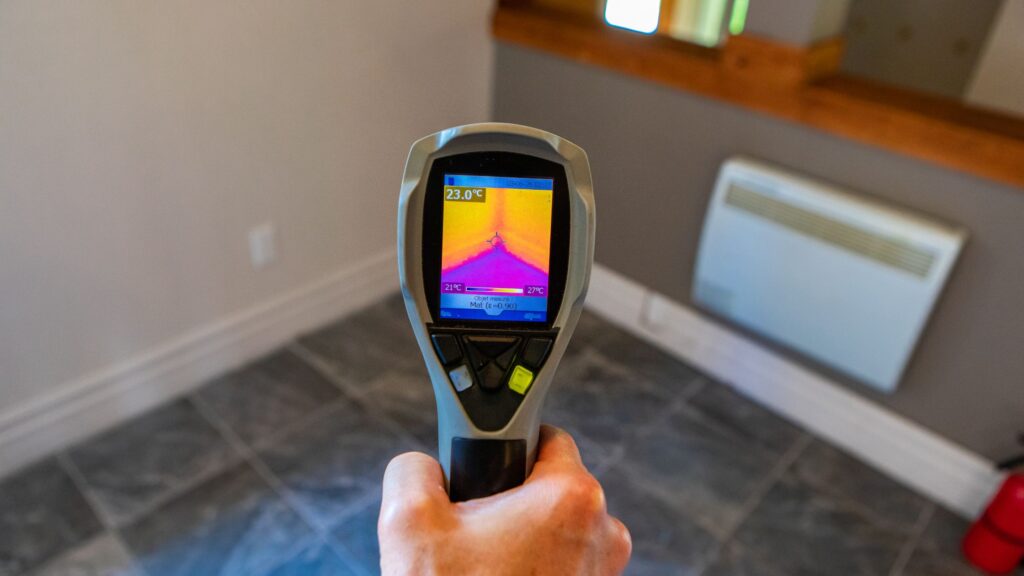
1. Understanding the Radon Threat
Radon is a naturally occurring gas produced when uranium in soil, rock, or water breaks down. It can seep into buildings through foundation cracks, gaps around utility lines, and open crawl spaces. Since radon has no color, taste, or smell, testing is the only reliable way to detect it. Prolonged exposure to elevated levels significantly increases the risk of lung cancer, making prevention essential. By conducting regular testing, you can identify dangerous concentrations early and take prompt action to protect the health and safety of everyone indoors.
2. What Is Radon Mitigation Technology?
Radon mitigation technology refers to the specialized systems and methods designed to reduce indoor radon levels to safe, healthy limits. Common approaches include sub-slab depressurization, which removes radon from beneath the foundation before it enters, sealing cracks and gaps that could allow the gas inside, and improving ventilation to promote better airflow throughout the building. Many modern setups also feature real-time monitoring devices that track system performance and ensure ongoing effectiveness. When installed and maintained correctly, this technology provides consistent, long-term protection for everyone in the space. Learn more about Why Every Home Needs a Radon Mitigation System Before It’s Too Late.
3. How It Works: Key Components & Methods
Effective radon mitigation technology uses several components that work together to remove and redirect radon gas:
- Sub-slab depressurization –
This method uses a powerful fan and a network of pipes to create suction beneath the building’s foundation, effectively pulling radon gas out before it can enter the living space.
- Sealing cracks and gaps –
Closing foundation cracks, utility gaps, and other openings boosts the system’s efficiency by stopping radon at common entry points.
- Vent pipes and radon fans –
These components safely channel the extracted gas above the roofline, ensuring it stays far away from occupants and disperses harmlessly into the atmosphere.
- Monitoring devices –
Tools like manometers or radon alarms help track system performance in real time, alerting you promptly when maintenance or adjustments are needed.
This technology is often paired with regular testing to ensure radon levels stay consistently low over time.
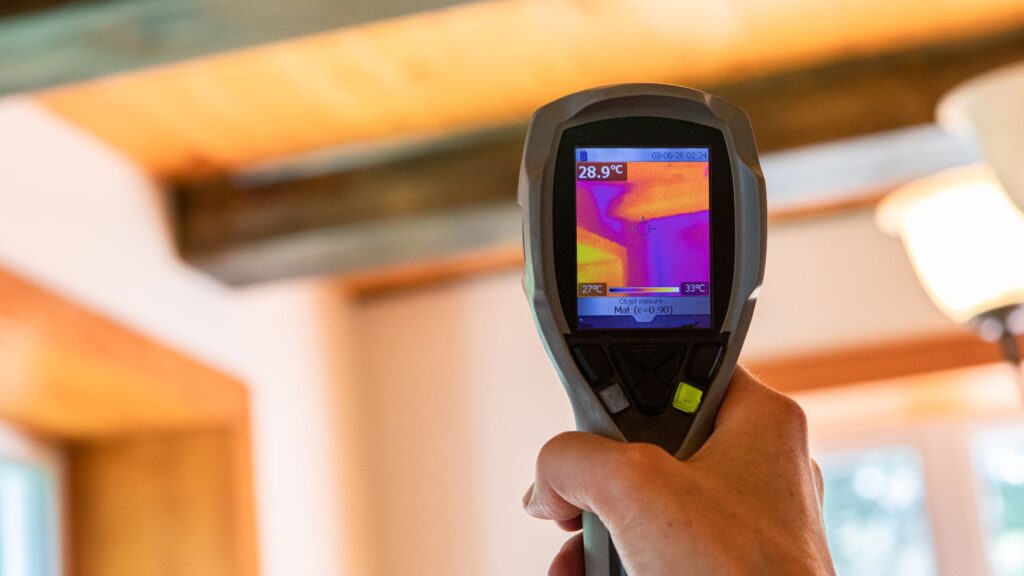
4. Choosing the Right System for Your Building
When choosing the right radon mitigation technology, keep these factors in mind:
4.1 Building type – Cozy homes, bustling schools, dynamic offices, and lively restaurants often require carefully tailored solutions that perfectly match their unique layouts and daily usage patterns.
4.2 Foundation style – Specific systems work remarkably well for deep basements, sleek slab-on-grade floors, or airy crawl spaces, ensuring smooth and efficient radon mitigation.
4.3 Local conditions – Factors like dense or sandy soil, varying moisture levels, and shifting seasonal climates can significantly influence the system’s overall design and long-term efficiency.
4.4 Aesthetic integration – Choose a thoughtfully designed setup that blends beautifully with your building’s appearance, while causing minimal disruption to its charm and functionality.
4.5 Monitoring capability – Ensure the system includes reliable, easy-to-use tools to consistently track performance over time, giving you lasting confidence and complete peace of mind.
Considering these points ensures you choose a solution that works effectively now and continues to protect your property for years.
5. The Role of Professional Providers
Working with certified professionals is the best way to make sure your radon mitigation technology delivers safe and reliable results. Des Moines Radon provides both radon testing and mitigation services for residential, commercial, and public buildings across the Des Moines, Iowa area. Their expertise covers a wide range of properties, including schools, restaurants, and multi-family housing.
They customize each solution to fit the building’s structure and local environmental conditions. Their installations use proven techniques such as active soil depressurization, complete sealing of entry points, and effective ventilation systems. When needed, they also address waterborne radon and offer air purification solutions. Every project focuses on safety, efficiency, and long-term protection.
6. Maintaining Long-Term Safety
Even after installing reliable radon mitigation technology, regular maintenance is essential:
- Ongoing monitoring – Regularly track your radon mitigation technology to ensure fans, pressure systems, and other components are working at peak efficiency. Continuous monitoring helps detect performance issues before they affect air safety.
- Periodic retesting – Conduct radon tests every two years, or immediately after major renovations, to verify the system is still maintaining safe radon levels. This step ensures long-term effectiveness.
- Routine inspections – Visually check for wear, physical damage, or blockages in vents, fans, and piping. Early detection of problems prevents costly repairs and system downtime.
- System updates – Upgrade or adjust your mitigation system when your building’s structure, usage, or occupancy changes. This keeps protection aligned with current needs and maintains optimal indoor air quality.
Consistent care ensures your radon system continues to protect indoor air quality and safeguards the health of everyone inside.
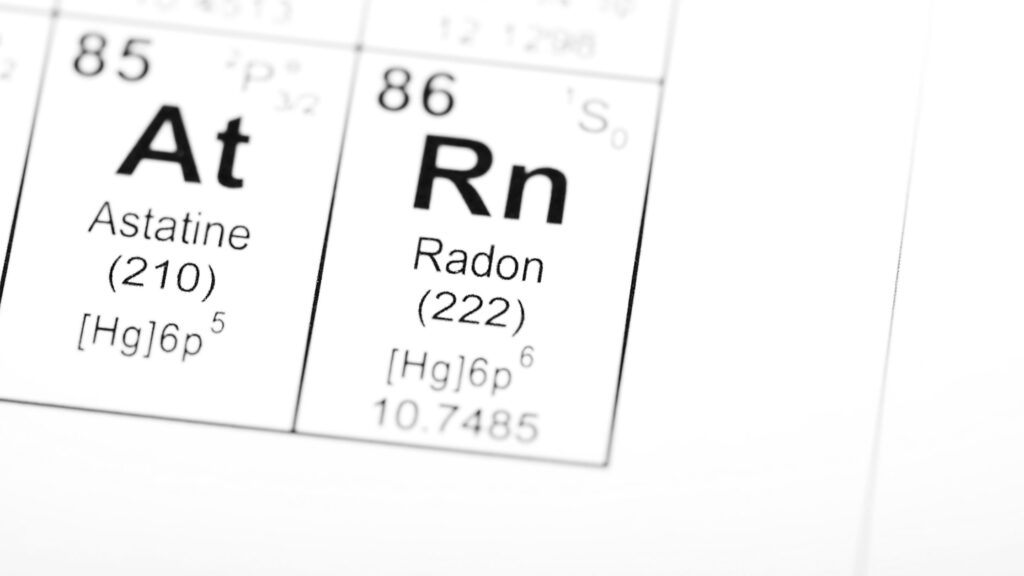
7. Conclusion
Effective radon mitigation technology offers a powerful safeguard against a dangerous yet invisible health hazard. Through advanced system design, expert installation, and consistent maintenance, it keeps indoor environments safe and healthy for occupants.
For certified radon testing, customized system solutions, and dependable installation services tailored to your property, turn to DSM Radon—a trusted specialist serving homes, businesses, and public facilities across the Des Moines metro area and beyond.
Visit DSM Radon to learn more and take the first step toward cleaner, safer air.

